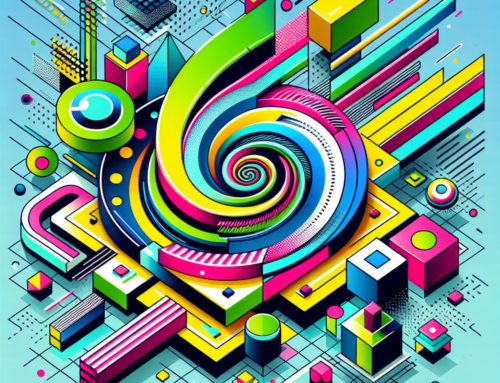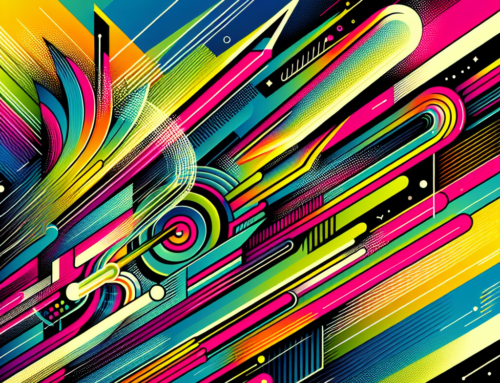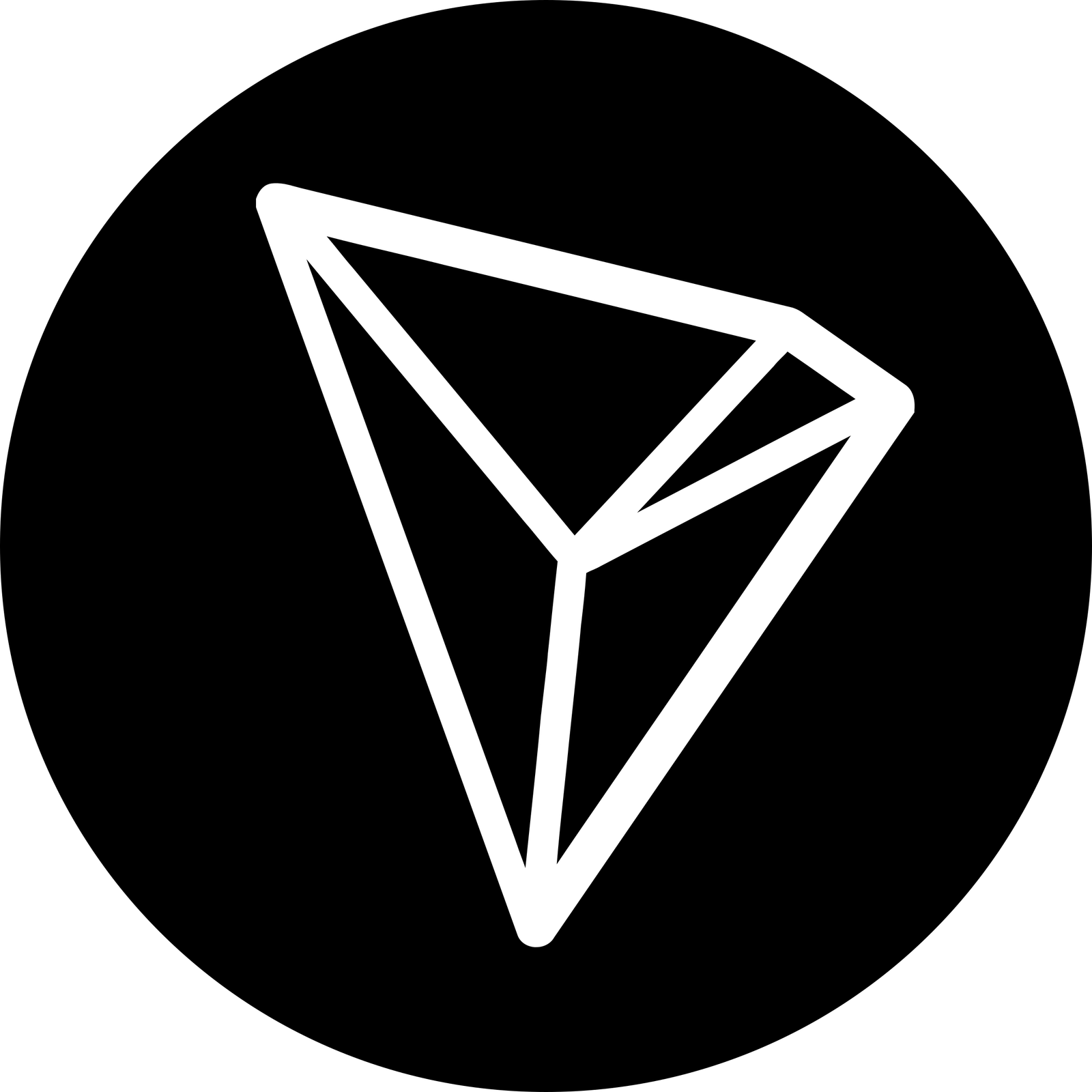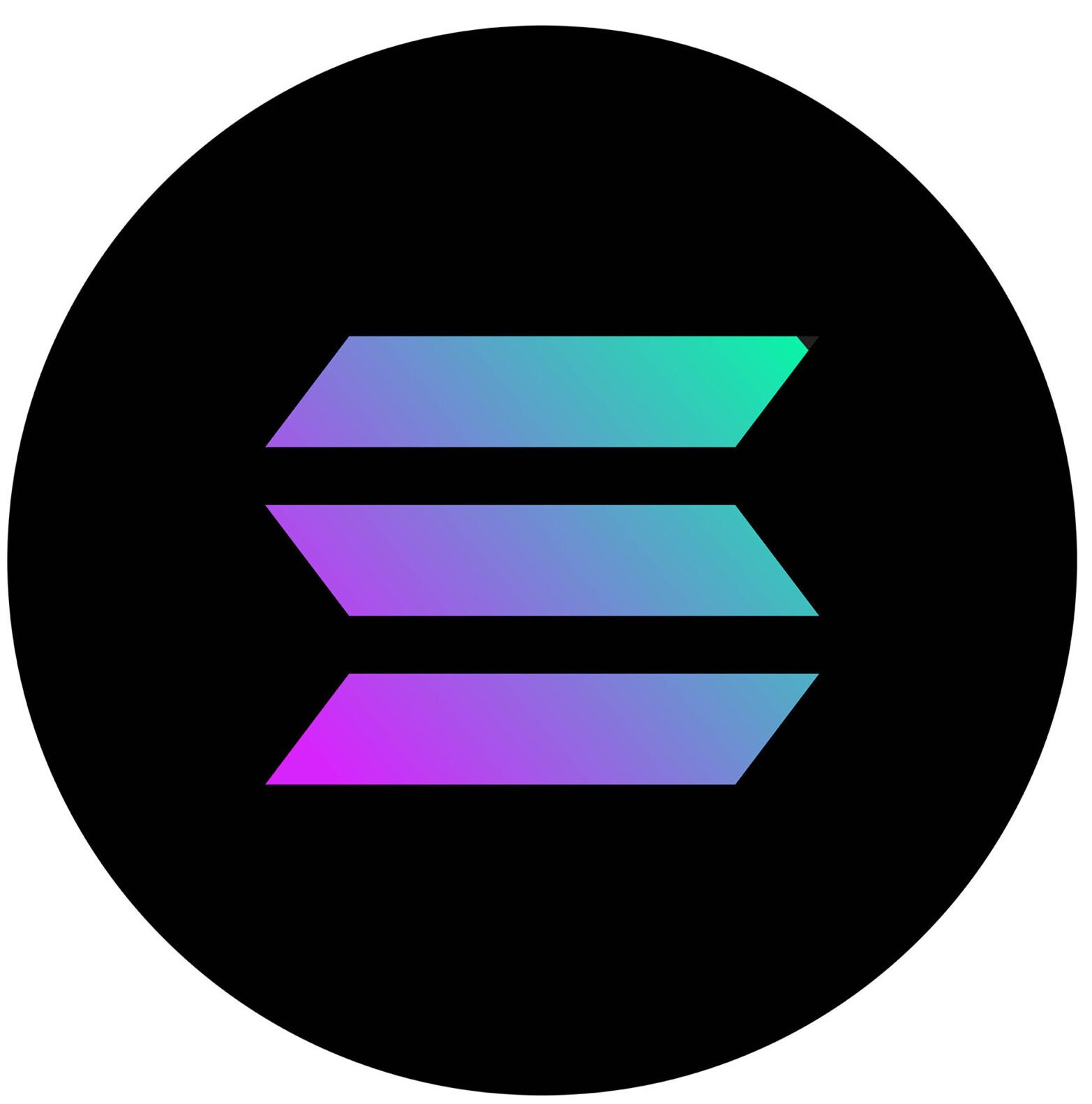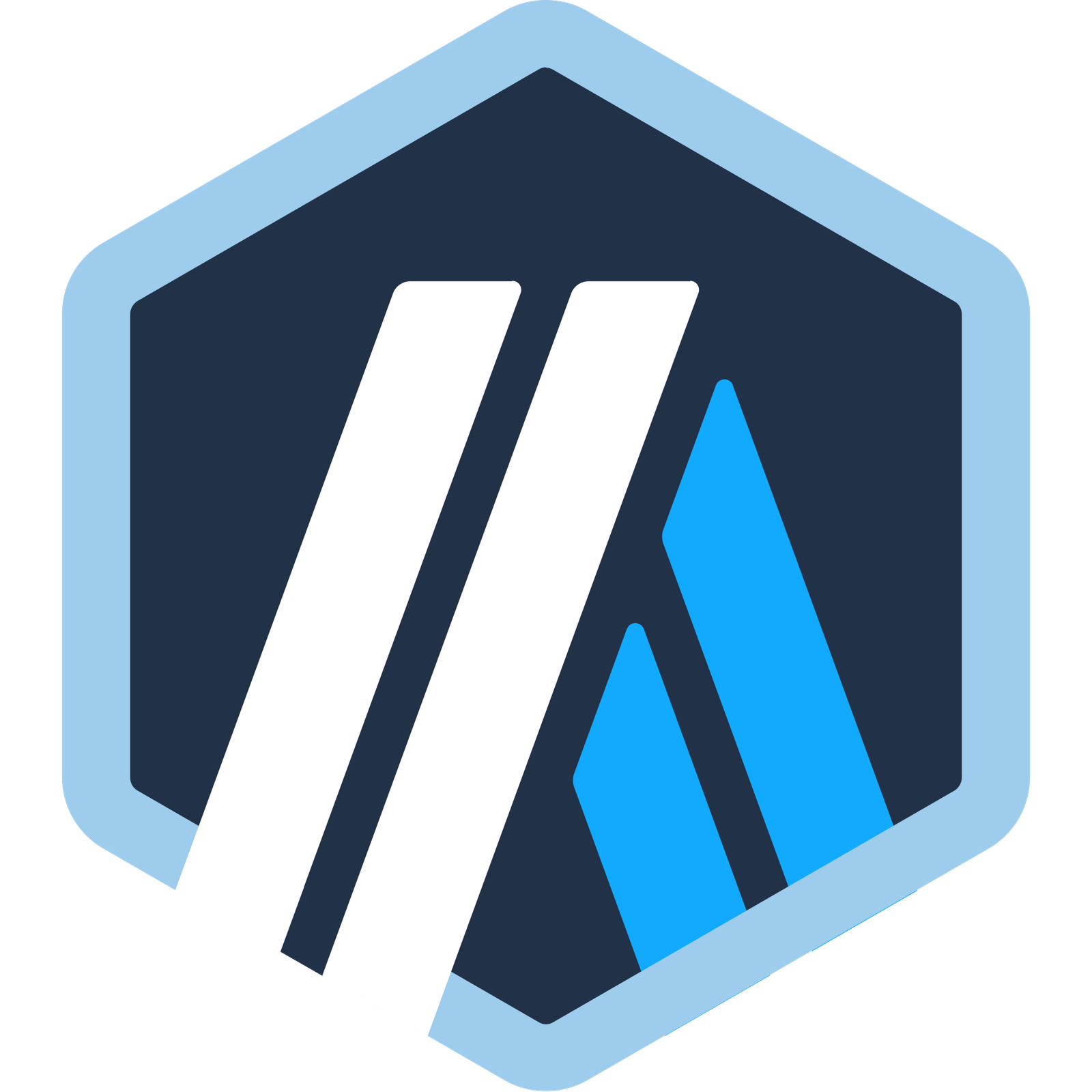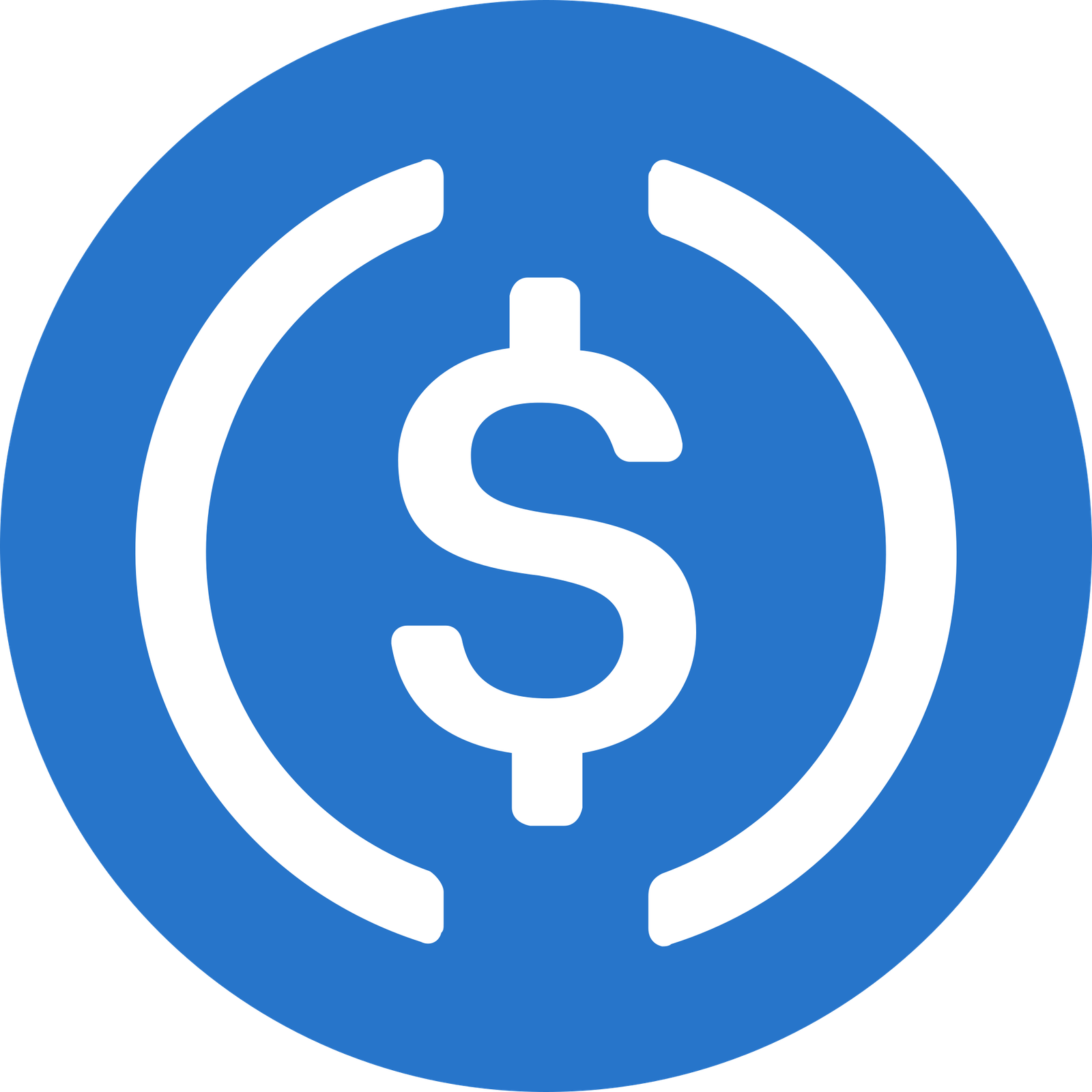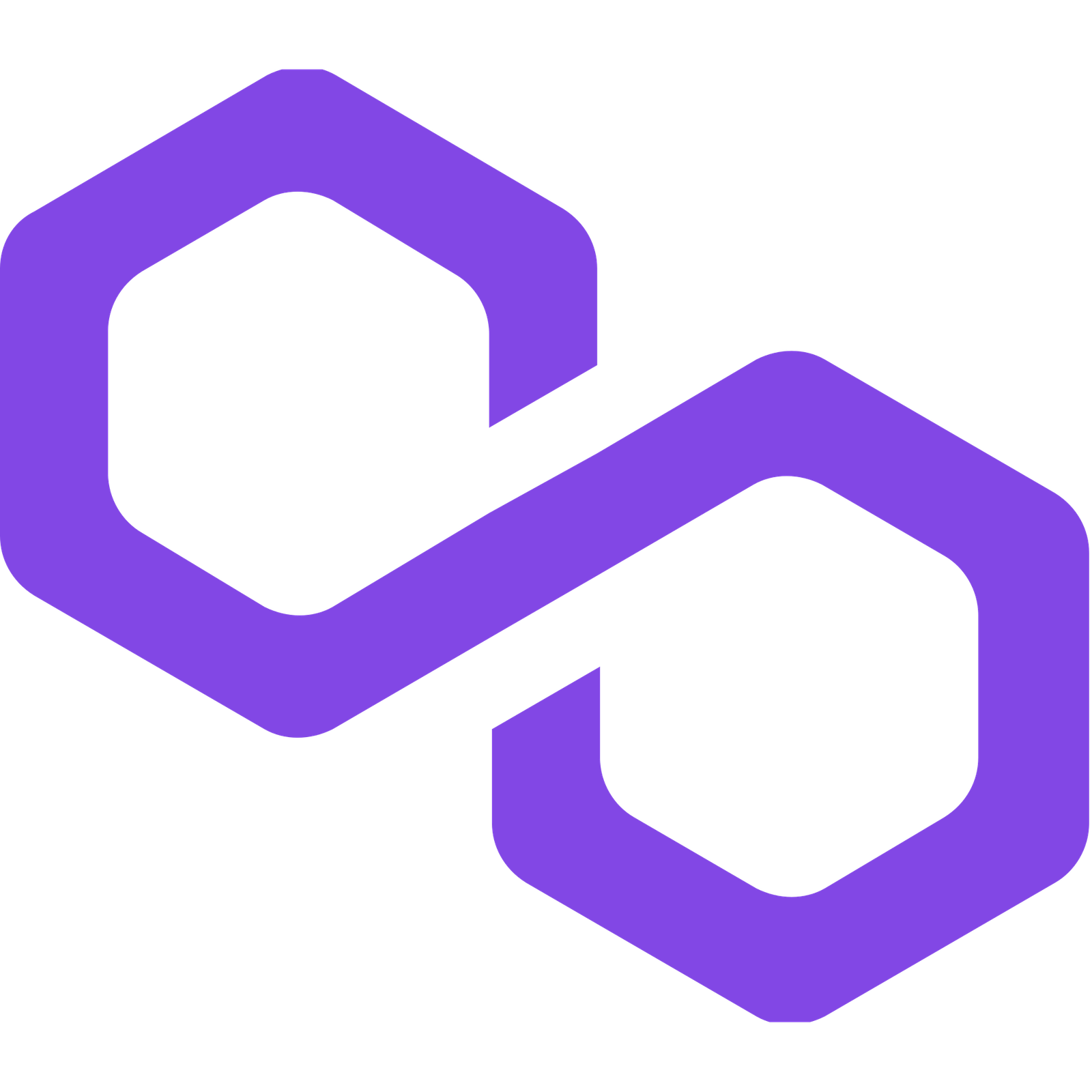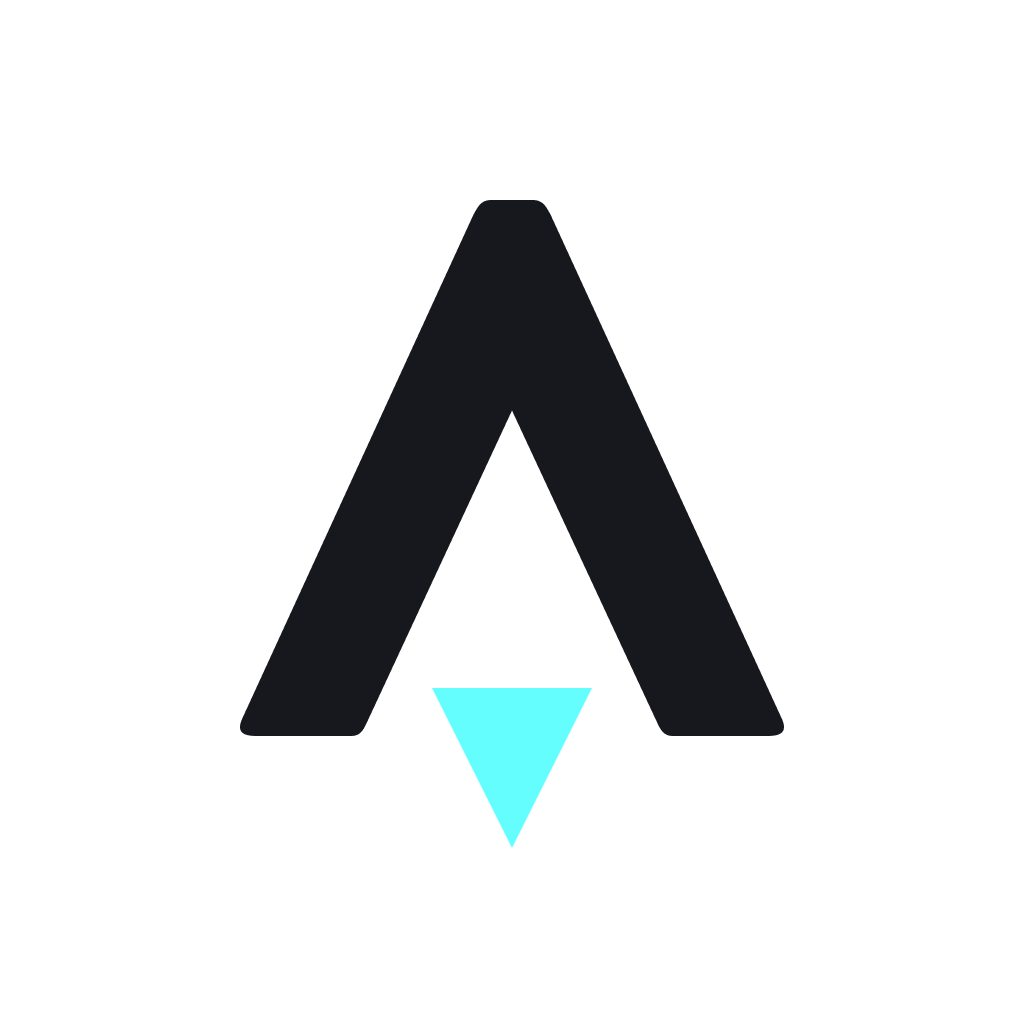Unlocking Hedera Hashgraph: A Game Changer in Blockchain
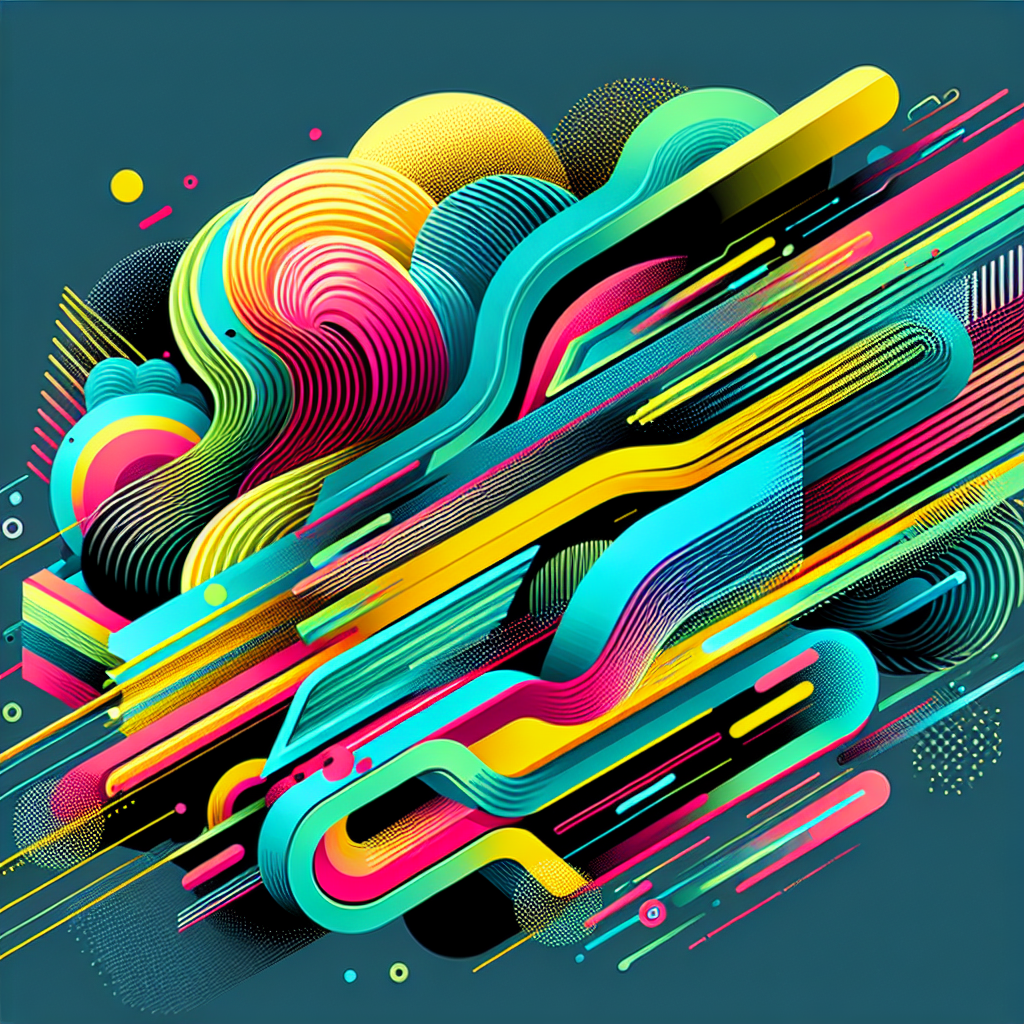
Unlocking Hedera Hashgraph: A Game Changer in Blockchain
As the Internet continues its metamorphosis into a decentralized Web3 ecosystem, the confluence of blockchain, cryptocurrency, decentralized finance (DeFi), and immersive technologies heralds a new era of digital innovation. Among the most promising advancements in this landscape is Hedera Hashgraph. Offering a unique alternative to traditional blockchain technology, Hedera emerges as a potential game changer, equipped to address scalability, speed, and security while enabling transformative applications across various industries. In this article, we explore the latest trends, developments, and breakthroughs within the Web3 ecosystem, painting a picture of its far-reaching effects on gaming, finance, art, and more.
Innovative Developments & Emerging Technologies
The landscape of Web3 is dynamic and rapidly evolving, characterized by groundbreaking advancements in blockchain protocols and decentralized applications. Hedera Hashgraph, utilizing a unique consensus algorithm known as Asynchronous Byzantine Fault Tolerance (aBFT), is making waves by increasing transaction speeds while maintaining high security. Unlike traditional blockchains, Hedera’s architecture enables thousands of transactions per second, positioning it as a frontrunner in the race for scalability.
NFTs have also emerged as a critical component of the Web3 narrative. Innovative use cases are evolving beyond digital art and collectibles, with applications in music rights management and decentralized identity verification. Platforms like CoinDesk are tracking trends in NFT utility, underscoring their potential to reshape intellectual property dynamics. This evolution dovetails neatly with advancements in artificial intelligence and VR/AR technologies, enabling creators to interact with their audiences in more immersive ways while also influencing how ownership and provenance are conceptualized in the digital world.
Blockchain and Crypto in the Mainstream
The crossover of cryptocurrencies and blockchain technology into mainstream sectors is perhaps one of the most significant indicators of Web3’s maturity. Industries such as finance, entertainment, and supply chain management are increasingly adopting decentralized platforms, fundamentally altering business models and mechanisms of trust. For instance, decentralized lending platforms like Aavegotchi exemplify how crypto technologies are facilitating non-centralized financial systems while ensuring user engagement by allowing gamers to earn while playing.
Amidst this shift, several studies, including those published by CoinTelegraph, indicate a strong inclination toward understanding and integrating blockchain’s transformative potential. As more businesses recognize the efficiency, transparency, and security that decentralized platforms offer, we can expect a broader acceptance of cryptocurrencies and related technologies as vital business instruments.
Web3 and Gaming: A New Frontier
The intersection of Web3 and gaming signifies a promising frontier in digital experiences. Blockchain-powered gaming platforms are not just reimagining how games are played; they are redefining players’ relationships with digital assets. Projects such as Axie Infinity illustrate the feasibility of play-to-earn models that reward players with tangible cryptocurrency for their in-game achievements. Meanwhile, platforms like The Sandbox allow users to create and monetize their gaming experiences by leveraging NFTs and decentralized land ownership.
This integration of blockchain in gaming not only democratizes game development but also fosters ecosystems where players are financially invested in the games they love, creating new markets and engagement strategies. With players shifting from passive consumption to active stewardship of digital assets, the gaming economy is poised for an unprecedented transformation.
The Role of Decentralized Autonomous Organizations (DAOs)
The advent of Decentralized Autonomous Organizations (DAOs) is rewriting the rules of governance and community decision-making within Web3. DAOs operate through smart contracts on the blockchain, empowering communities to organize resources and make collective decisions. Platforms like DAOstack are leading the charge, illustrating how organizations can restructure around a model of transparency and inclusivity.
As DAOs gain traction, their implications for the future of organizational governance are enormous. They offer the potential to dismantle traditional hierarchies and empower individuals by redefining the concept of agency in a digital context. This democratic model could manifest itself in various sectors, from philanthropic initiatives to corporate ecosystems, potentially heralding a transformative shift in how businesses are structured and managed.
A Vision for the Future
Looking ahead, the potential of Web3 to transform digital experiences seems limitless. As we enter the next decade, the integration of decentralized technologies with AI and immersive environments like the metaverse will likely spawn new ways for individuals to engage, interact, and transact. This convergence could unlock experiences that are not only interactive but inherently personalized, harnessing the power of user data while respecting privacy—a balance that current business models often struggle to achieve.
Futuristic projects are already surfacing, blurring the lines between reality and virtual existence. Platforms like Decrypt and NFT Now are closely monitoring these developments, suggesting that the upcoming phase of the digital revolution will prioritize user experience and ownership in unprecedented ways, leading the charge toward a truly decentralized digital ecosystem.
As Web3 technologies continue to evolve, the allure of digital ownership and fellowship grows stronger. Traditional economic structures may soon yield to decentralized frameworks that prioritize individual agency and community collaboration.
Final Thoughts
In summary, the potential of innovations like Hedera Hashgraph represents a tectonic shift in how we perceive and interact with the digital world. As we unlock the possibilities of Web3, it is paramount to stay informed about emerging technologies and platforms, exploring new avenues for engagement in this exciting journey.
The path ahead will undoubtedly be rich with opportunities, challenges, and discoveries. Engaging with communities, exploring decentralized applications, and understanding the transformative potential of this new digital realm can empower individuals to shape their futures. Join the collective movement toward a decentralized digital landscape—where ownership, interaction, and creativity thrive in synergy.



